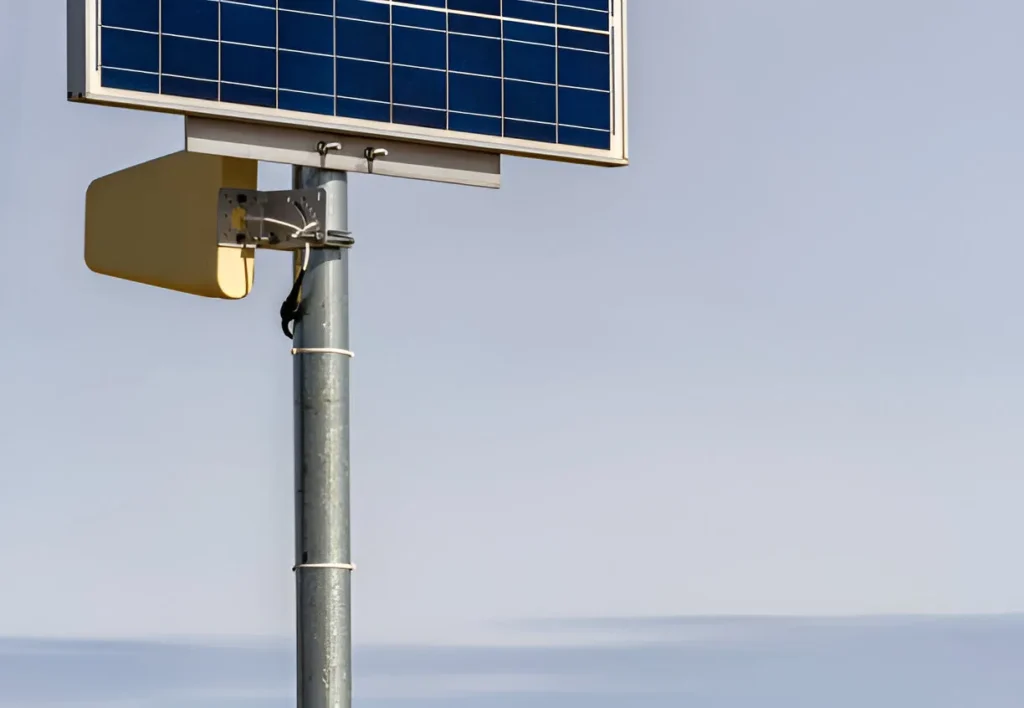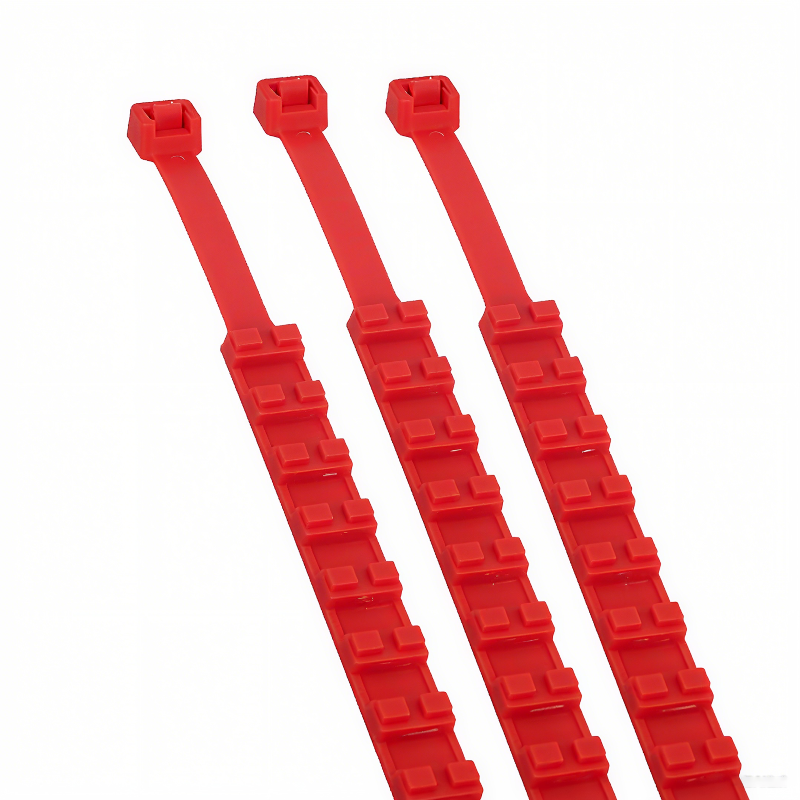Moisture significantly impacts nylon wire ties. This article explores the nature of nylon 6.6, its hygroscopic properties, and how humidity affects nylon tie wire performance.
The Nature of Nylon 6.6
Nylon 6.6 is a high-performance synthetic polymer made from the polymerization of hexamethylenediamine and adipic acid.
It has excellent mechanical strength, heat resistance and dimensional stability and is widely used in industry and daily life.
The melting point of nylon 6.6 is about 264°C, which is higher than nylon 6, making it perform better in high temperature environments.
The Hygroscopic Nature of Nylon Wire Ties
Nylon 6.6 is a hygroscopic material that absorbs and releases moisture from the surrounding environment.
This property causes the performance of nylon wire ties to change with changes in ambient humidity.
Under normal conditions,nylon zip ties usually contain 2-3% moisture, which helps maintain their flexibility and strength.
How does moisture affect nylon wire ties?
Humidity has a significant effect on the properties of nylon wire ties:
- Strength: As humidity increases, the tensile strength of nylon tie wraps decreases slightly.
- Flexibility: Absorbing moisture increases the flexibility and ductility of nylon cable tie.
- Size: High humidity environments may cause the cable ties nylon to expand slightly.
- Heat resistance: Moisture absorption reduces the heat resistance of the cable tie.
Mechanical Advantages of Moisture in Cable Ties
Moderate humidity can actually improve some of the mechanical properties of nylon zip ties:
- Increase toughness and reduce the risk of brittle fracture.
- Increase impact strength.
- Improve fatigue resistance.
- Increase ductility for easier installation and use.
How to store cable ties
Suitable storage environment
- Temperature: Keep between 15-30°C.
- Humidity: Control between 30-70%.
- Avoid direct sunlight and heat sources.
- Keep away from chemicals and solvents.
Use promptly
- Use as soon as possible after opening the package.
- Keep unused cable ties sealed.
Inventory management
- Mark the purchase date.
- First in, first out, rotate.
Proper installation
- Avoid over-tightening.
- Select the appropriate size for the load.
- Check the condition of installed cable ties regularly.
Conclusion
Understanding the effects of moisture on nylon cable ties is crucial for their optimal use and storage.
While humidity can impact their strength and flexibility, proper storage and handling techniques can help maintain their performance.
By considering environmental factors and following best practices, users can ensure the longevity and reliability of nylon wire ties in various applications.











